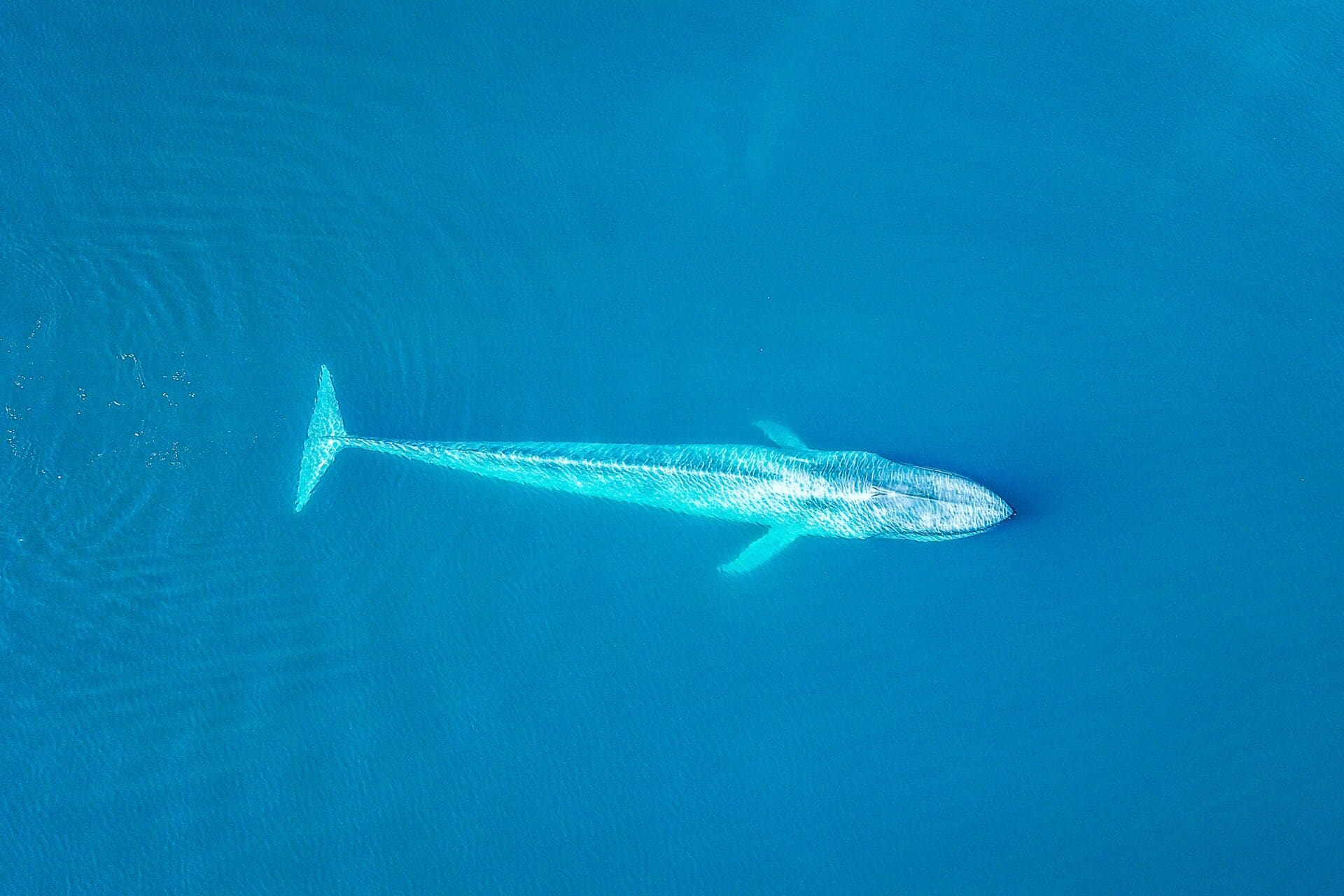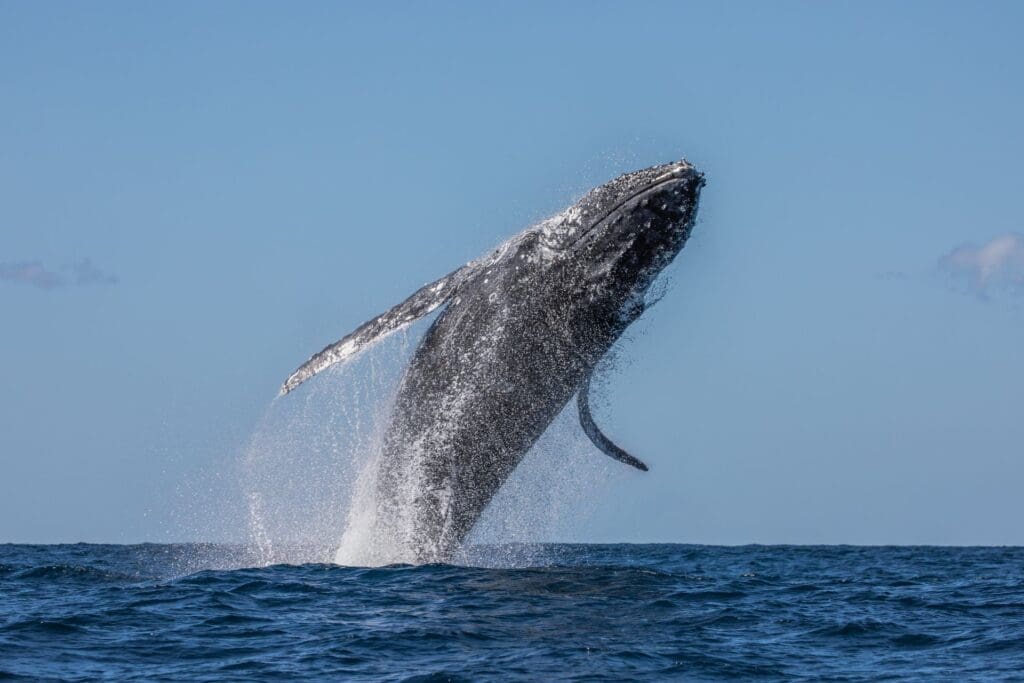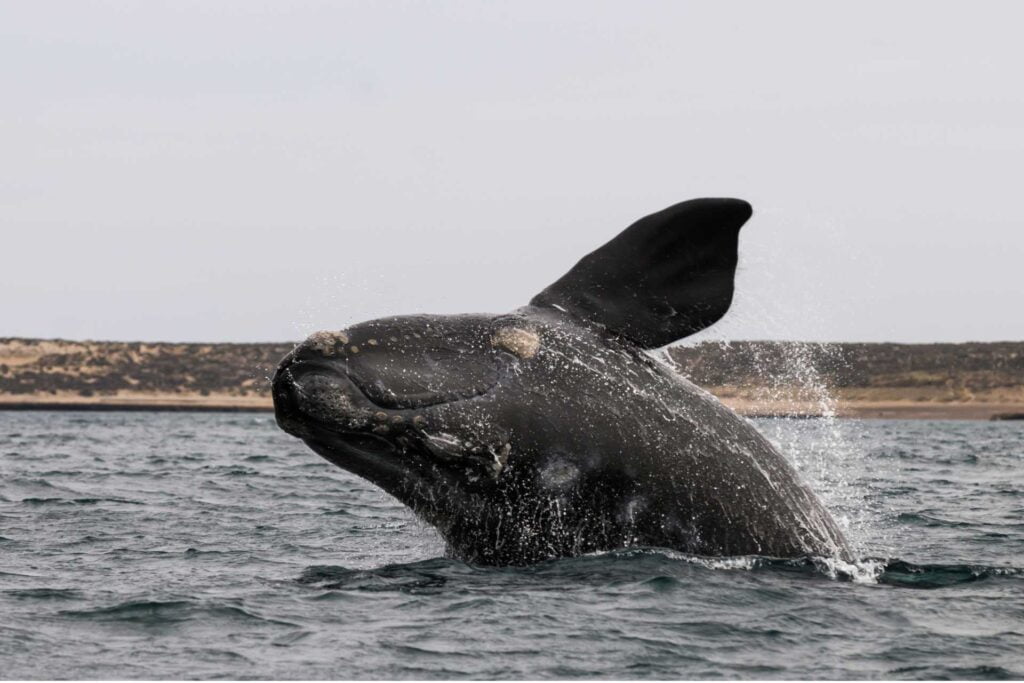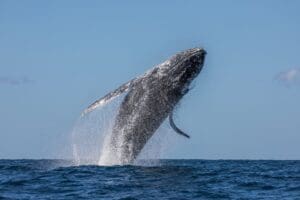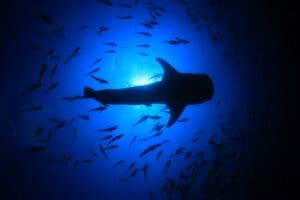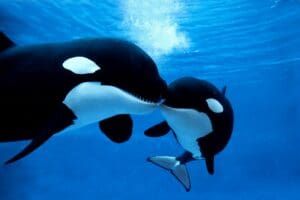Whale Penises: Exploring the Unique Reproductive Strategies of Earth’s Largest Creatures
Have you ever found yourself scrolling through the internet, only to stumble upon a topic so bizarre, so unexpectedly fascinating, that you just had to know more? Well, you’re not alone!


How big are whale penises?
Well, strap in for a wild ride through the ocean’s deep-sea secrets! The blue whale, basically the ocean’s own version of a skyscraper, packs a whopper of a love wand. We’re talking about a penis that can stretch up to 10 feet long—that’s about 3 meters for those who think in metric. And its diameter? A whopping 1 foot, or 30 centimeters, making it the envy of the sea creature world.
This massive tool isn’t just for show; it’s crucial for making baby whales in the vast and wavy love hotel that is the ocean. And it’s not just the blue whales that are well-endowed. Humpback whales also boast some serious hardware, though they’re not quite hitting those blue whale measurements. Imagine trying to find pants that fit if you’re a whale!
Let’s go straight to the topic:
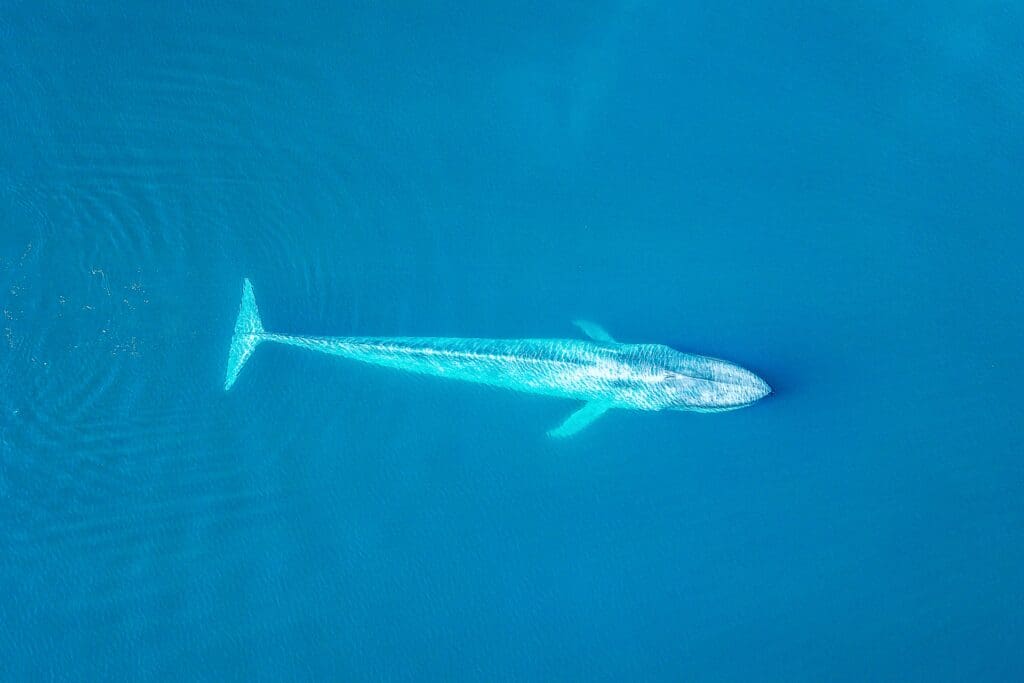

- Length: Up to 10 feet (about 3 meters).
- Diameter: Can be up to 1 foot (about 30 cm) in diameter.
- The blue whale’s penis is not only notable for its length but also for its girth, making it the largest of any living organism.
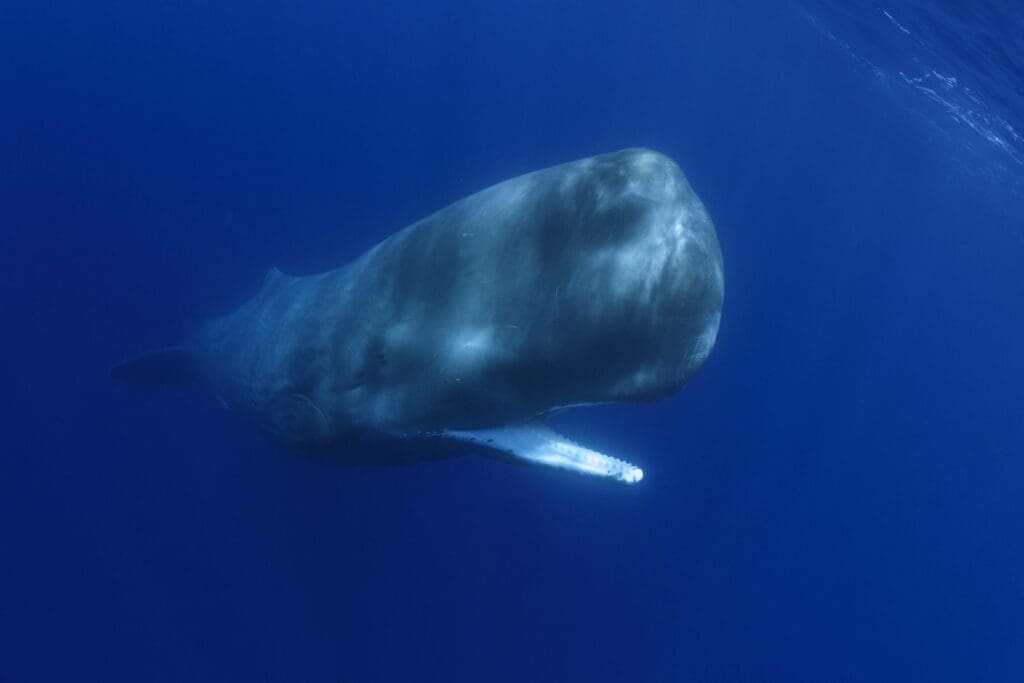

Sperm Whale (Physeter macrocephalus):
- Length: Around 5 to 6 feet (1.5 to 1.8 meters).
- Diameter: Approximately 1 foot (30 cm).
- Sperm whales have one of the more substantial penises in the cetacean family, befitting their status as one of the largest predators.
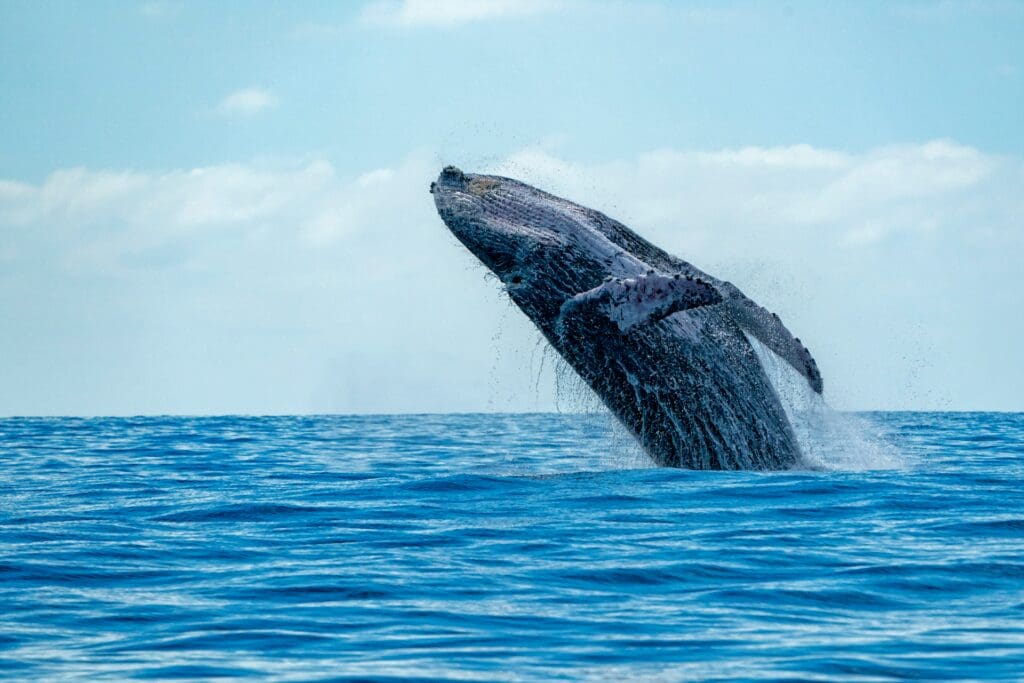

Humpback Whale (Megaptera novaeangliae):
- Length: 3.2 to 6.2 feet (0.975 to 1.89 meters).
- Diameter: Ranges from 12 inches (30 cm).
- Similar in size to the blue whale, the humpback whale’s penis is also quite large and robust.
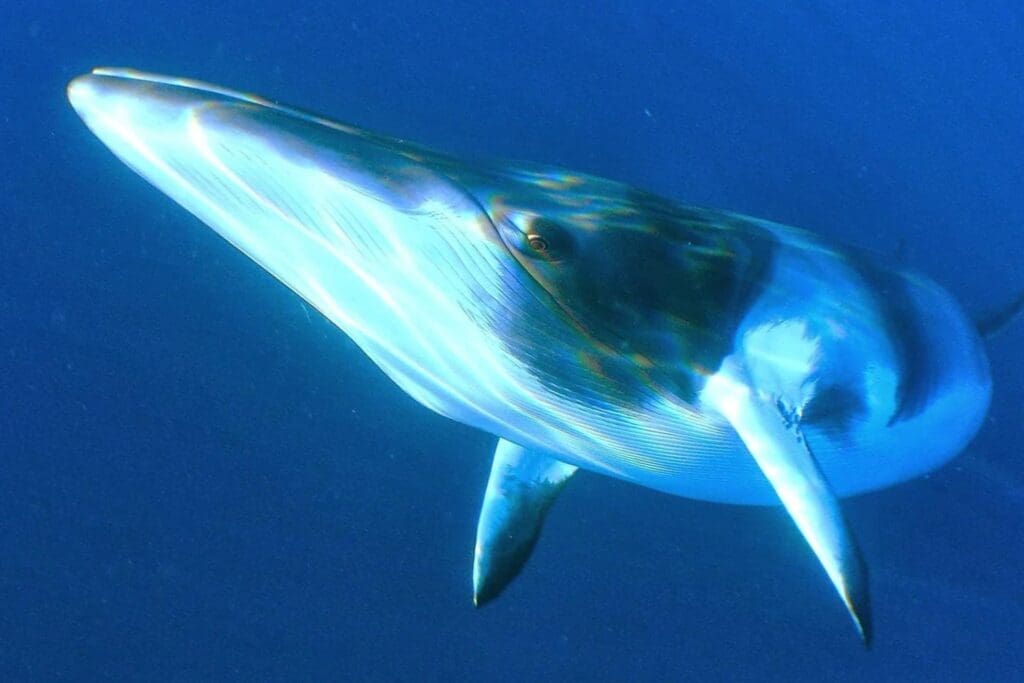

Fin Whale (Balaenoptera physalus):
- Length: Up to 8 feet (2.4 meters).
- Diameter: Around 1 foot (30 cm).
- The fin whale, being the second-largest whale species, also possesses a significantly large penis.
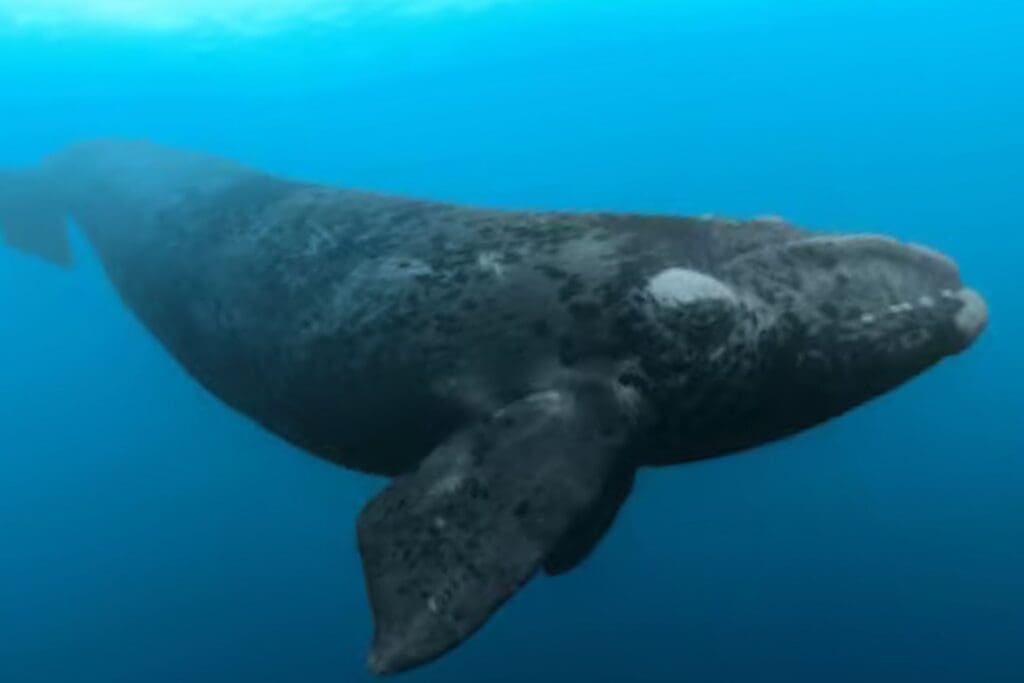

Right Whale (Eubalaena spp.):
- Length: Approximately 5 to 6 feet (1.5 to 1.8 meters).
- Diameter: About 12 to 18 inches (30 to 45 cm).
- Right whales have notably large testicles, weighing up to a ton each, which is proportionate to their penis size.
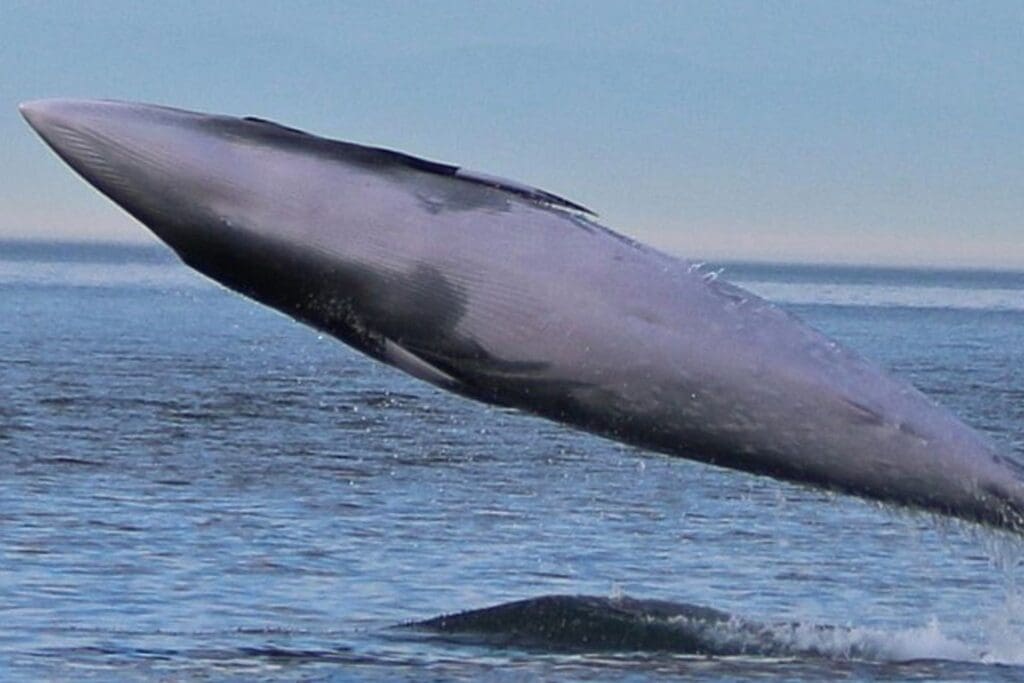

Minke Whale (Balaenoptera acutorostrata):
- Length: Around 5 feet (1.5 meters).
- Diameter: Approximately 10 to 12 inches (25 to 30 cm).
- As one of the smaller baleen whales, the minke whale’s penis size is smaller compared to larger species but still significant.
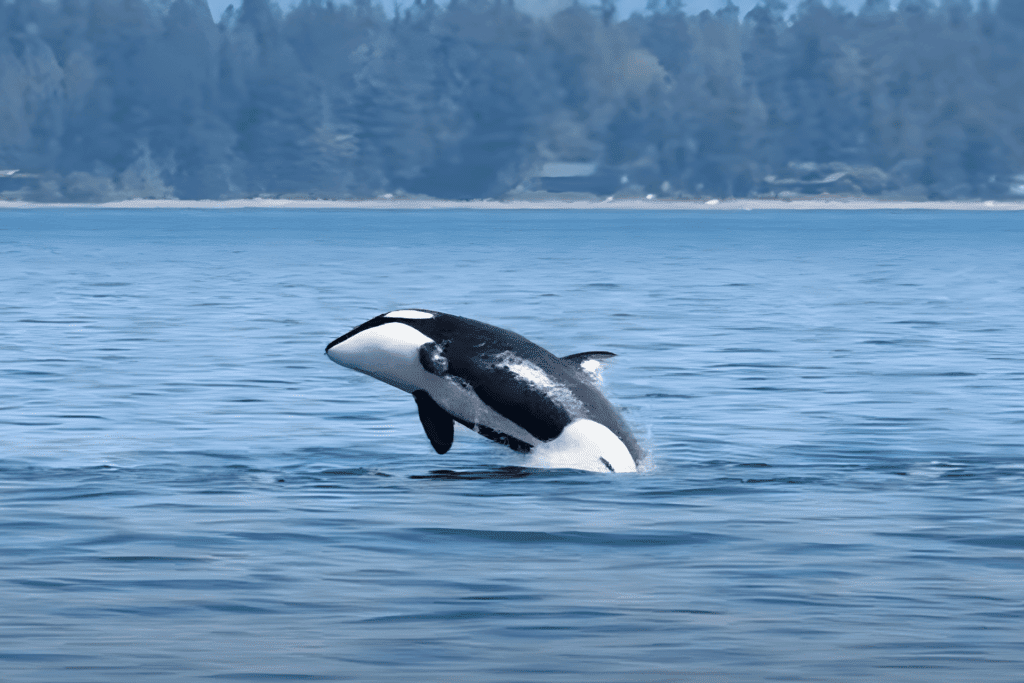

Orca (Killer Whale, Orcinus orca):
- Length: About 6 to 8 feet (1.8 to 2.4 meters).
- Diameter: Around 12 inches (30 cm).
- Orcas, despite being a type of dolphin, have a notably large penis size, reflecting their status as one of the ocean’s top predators.
Now, before you raise an eyebrow and wonder if this is some kind of deep-sea joke, let me assure you we’re talking about serious marine biology here.
Does a whale have balls?
Yep, whales have got ’em, and they’re not just any balls; we’re talking about the LeBron James of testicles in the animal kingdom. Blue whale testicles can weigh up to 150 pounds (about 68 kilograms) each. That’s like carrying around a couple of heavyweight champions in your belly. And they produce enough sperm to fill several bathtubs, which is crucial for making baby whales in the vast ocean.
Can you see Whale penis out of water?
Catching a glimpse of a whale’s dork (yep, that’s the scientific term) out of water is like spotting a unicorn. It’s rare but can happen during their wooing rituals or when they’re just showing off. Right whales and humpbacks sometimes flash their goods during mating season, probably bragging about their sea credentials.
How does a male whale impregnate a female?
It’s all about the underwater tango. Male whales use their impressive dorks to transfer the love juice to the female’s reproductive tract. Imagine trying to do this while floating in the vast ocean; it’s a bit more complicated than your average bird and the bees story. Some whales, like the right whale, are so into making sure the deed is done right that they produce a boatload of sperm.
Is a whale a male?
The word “whale” is like saying “human” – it doesn’t tell you if it’s a guy or gal. Whales come in both flavors, male and female. Figuring out which is which can be a bit tricky without a closer look at their undercarriage or some DNA testing.
Is Blue Whale a girl or a boy?
Blue whales can be dudes or dudettes. Telling them apart isn’t easy unless you’re a whale expert or have some fancy scientific tools at your disposal. They keep their private parts, well, private.
Do whales give birth like humans?
Whales are all about the water birth life. They don’t have umbilical cords popping out like humans, but they do share a special placental bond with their babies before they’re born. Once the whale baby makes its big entrance, it’s straight into swim school, with mom’s milk as the first meal.
How many months does a whale stay pregnant?
Whale pregnancies are the marathons of the animal kingdom. Blue whales carry their buns in the oven for about 11 months, while sperm whales might go up to 18 months. That’s a lot of time waiting for a baby whale to drop!
Do whales mate for life?
Whales are more into the “swim by” kind of love rather than “till death do us part.” They’re not the monogamous type, often having multiple partners throughout their lives. It’s all about keeping the gene pool fresh and exciting in the whale world.
What animals mate for pleasure?
While most of the animal kingdom is all business when it comes to mating, dolphins (whale cousins) are the party animals of the sea, engaging in the deed for fun. It’s one of their ways to bond and just enjoy the ocean life.
Are whales asexual?
Nope, whales are all about teaming up to make baby whales. They need a male and a female to get the job done. There’s no solo act in the whale reproduction show.
What is a whale mated with a dolphin?
When a whale and a dolphin decide to break the rules and get together, you get a wholphin. It’s like the ocean’s version of a rare Pokémon, mostly seen in captivity. These hybrids take a bit from column A and a bit from column B, showcasing traits from both mom and dad.
Are there female sperm whales?
Absolutely! Sperm whale societies are like underwater matriarchies, with females hanging out together with their kids. They’re the ones calling the shots and taking care of the next generation of deep-divers.
Do male whales have nipples?
Male whales have the equivalent of an out-of-service button where nipples are concerned. They’re just there for the ride, not playing any part in the whale parenting process. It’s all on the whale moms to feed and nurture their young.
The Big Reveal: Anatomy of a Whale Penis
First off, when we talk about the whale penis, we’re talking big. Really big. In the world of these ocean giants, size does indeed matter. The blue whale, for instance, holds the record for the largest penis on Earth. We’re talking about an organ that can be up to 10 feet long – that’s longer than a family car! Imagine trying to parallel-park that!
But it’s not just about size. The whale penis is a marvel of marine biology, perfectly designed for life in the ocean. Unlike land mammals, whales don’t have any external reproductive organs. That’s right, everything is tucked away and only comes out to play during mating. This retractable design is like having built-in swimming trunks, streamlining the whale’s body to glide through the water.
Now, you might be wondering how this works during mating. Well, the whale penis is incredibly flexible. Considering the challenges of mating in a vast, three-dimensional ocean, it needs to be. There’s no ground to stand on, and both partners often move. It’s like trying to connect two USB plugs on a rollercoaster – in the dark, underwater.
And here’s a fun fact: some whale species, like the right whale, have testes that weigh over a ton each – the largest of any animal. That’s a lot of reproductive firepower!
But beyond the giggle-worthy size comparisons and amusing analogies, the whale penis plays a crucial role in the survival of these magnificent creatures. It’s a testament to the wonders of evolution and adaptation, a perfect fit for the whale’s aquatic lifestyle.
Love in the Deep Blue: Whale Mating Explained
Whale mating often involves elaborate courtship rituals. Take the humpback whale, for instance. The males are known for their enchanting songs, which can travel great distances underwater. These serenades are like the mixtapes of the sea, each male trying to woo females with his acoustic prowess. And it’s not just a solo act; sometimes, groups of males gather around a female in a competitive display known as a “heat run,” each vying for her attention.
But how do they, well, do it? Here’s where things get interesting. Due to the lack of any solid ground to anchor themselves, whales mate belly-to-belly in a synchronized dance. The male’s flexible penis is crucial here, as it needs to navigate its way to the female’s reproductive tract, a feat that requires precision and, let’s say, a good sense of direction.
Interestingly, while mating is often a communal affair. In some species, multiple males may mate with a single female, each hoping to be the father of her next calf. It’s a bit like a marine version of a dating show, but with higher stakes – the continuation of the species.
And speaking of calves, whale pregnancies are another marvel. Depending on the species, gestation can last from 11 to 16 months. Imagine carrying a baby the size of a small car around for over a year!
Ultimately, the whole process – from the courtship songs to the belly-to-belly dance – is a remarkable display of nature’s ingenuity. Whale mating is not just about reproduction; it’s a testament to the adaptability and resilience of these magnificent creatures in their oceanic realm.
Here are some facts about whale pregnancy and giving birth:
- Long Gestation Periods: Whales have some of the longest gestation periods of any mammal. For example, sperm whales carry their young for about 15 to 16 months, while orcas have a gestation period of around 17 months. The blue whale, the largest animal on the planet, has a gestation period of approximately 11 to 12 months.
- Single Offspring: Whales typically give birth to a single calf. Twins are extremely rare. This is partly because of the immense energy and resources required to carry and nurture a fetus in such large animals.
- Deep Water Births: Many whales give birth in warm, shallow waters, but some species, like the sperm whale, are known to give birth in deeper waters. The reasons for their choice of birthing location can vary from temperature and predator avoidance to historical migratory patterns.
- Calving Intervals: Whales don’t reproduce every year. They have calving intervals that can range from a few years to several years depending on the species. For instance, blue whales typically have a calving interval of 2 to 3 years, while orcas can have intervals of up to 5 years.
- Assisted Births: In some species, like the sperm whale, other females in the pod may assist in the birth. They can help guide the newborn to the surface for its first breath and protect it from predators.
- Immediate Mobility: Unlike many land mammals, whale calves can swim almost immediately after birth. This is crucial for their survival, as they need to be able to breathe and keep up with their mothers.
- Extended Nursing Period: Whale calves are nursed for an extended period, which varies by species. For example, humpback whale calves may nurse for almost a year, while orca calves can nurse for up to two years. Whale milk is extremely rich in fat to ensure rapid growth.
- Strong Mother-Calf Bond: The bond between a whale mother and her calf is strong and vital for the calf’s survival. Mothers are very protective and often keep their calves close for several years, teaching essential survival skills.
- High Mortality Rate: Unfortunately, the mortality rate for whale calves can be high due to factors like predation, human-induced threats (like ship strikes and entanglement in fishing gear), and environmental changes.
- Impact of Climate Change: Climate change is affecting whale pregnancies and births. Changes in ocean temperature and food availability can impact the health of pregnant females and the success of calving and nursing.
These facts highlight the complexity and wonder of whale reproduction, showcasing yet another aspect of these remarkable creatures’ lives in the ocean.
Conclusion
So, there you have it: a glimpse into the love life of whales, a story of size, song, and a dance in the deep blue. It’s a reminder that the search for connection and continuity prevails even in the vast and mysterious ocean. Stay tuned as we continue to explore the wonders of whale biology and behavior! 🌊🐋💕
Dive Deeper: References for the Curious
Numerous resources are available for those who have been captivated by the tale of whales and wish to explore further. Whether you’re a budding marine biologist, a conservation enthusiast, or simply someone fascinated by these oceanic giants, the following references will provide a deeper understanding and appreciation of whales. Here’s a selection of books, documentaries, websites, and organizations that offer a wealth of information:
Books:
- “The Whale: In Search of the Giants of the Sea” by Philip Hoare – This book offers a blend of natural history, biography, and travelogue, diving into the cultural and environmental significance of whales.
- “Moby-Dick” by Herman Melville – While a work of fiction, this classic novel provides a historical perspective on human-whale interactions and remains a cultural touchstone.
- “Voices in the Ocean: A Journey into the Wild and Haunting World of Dolphins” by Susan Casey – Although focused on dolphins, this book offers insights into cetaceans and their complex relationship with humans.
Documentaries and Films:
- “Blackfish” – This documentary focuses on orcas in captivity and has significantly changed public perceptions about keeping these intelligent creatures in marine parks.
- “The Whale” – Narrated by Ryan Reynolds, this film tells the touching story of a young orca named Luna who seeks friendship among humans.
- “Blue Planet II” – This BBC series, narrated by Sir David Attenborough, offers stunning footage and insights into the life of marine creatures, including whales.
Websites:
Whale and Dolphin Conservation (WDC): A leading charity dedicated to protecting whales and dolphins, with extensive resources on conservation and whale biology. [1]
National Oceanic and Atmospheric Administration (NOAA) – Marine Mammal Protection: Offers scientific and policy-related information on marine mammals, including whales. [2]
International Whaling Commission (IWC) – Provides comprehensive information on global whale populations and conservation efforts. [3]
Organizations and Initiatives:
- Sea Shepherd Conservation Society – Actively involved in anti-whaling campaigns and marine conservation efforts.
- Ocean Conservancy – Works to protect the ocean from today’s greatest global challenges and is involved in various whale conservation initiatives.
- The Whale Museum – Located in Friday Harbor, Washington, it offers educational programs and promotes stewardship of whales and the Salish Sea ecosystem.
These resources are just the tip of the iceberg when it comes to exploring the world of whales. They offer a gateway to understanding these magnificent creatures and the efforts to protect them. As we conclude our journey, remember that the story of whales is ever-evolving, and there’s always more to learn and discover. Happy exploring! 📚🌊🐋🔍

